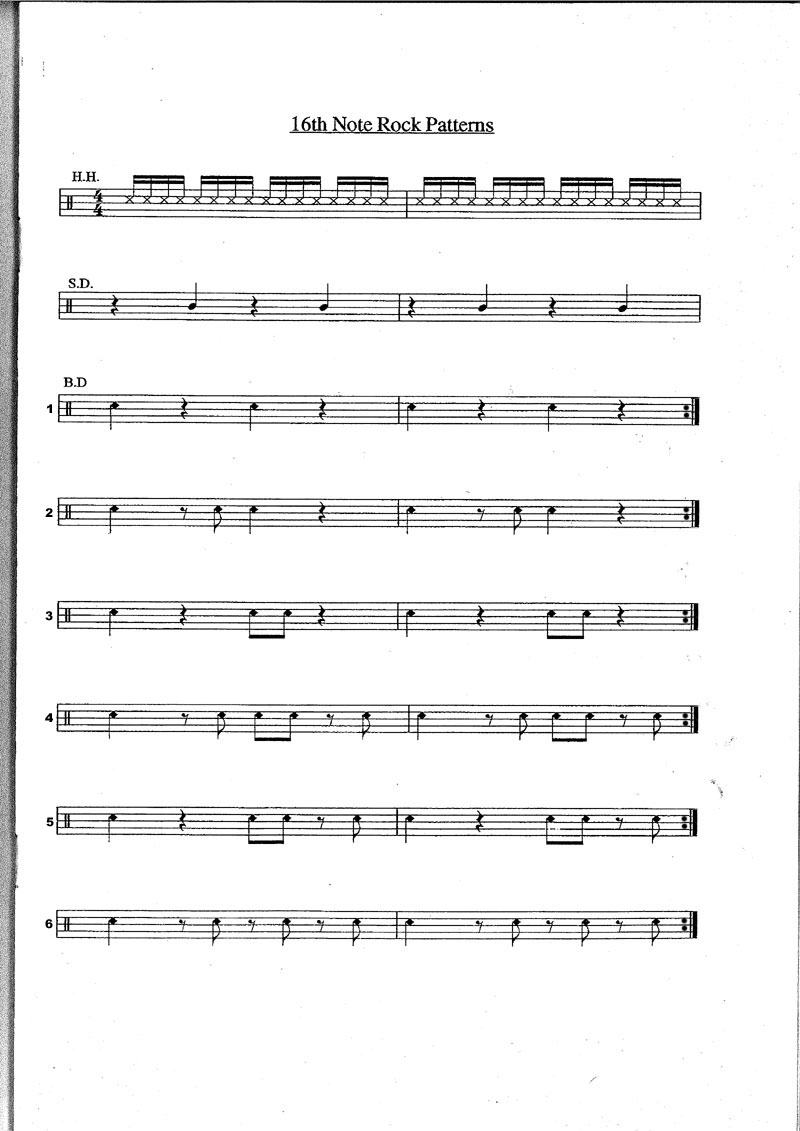How to Play a Sixteenth Note

A tone length of a piano note depends upon its features such as a half note or a full note. The whole note lasts for four counts, the half note lasts for two counts, the quarter note lasts for one count and you can find two eighth notes in one quarter note. Once you use one of these two eighth notes, you will get two equal sixteenth notes. These sixteenth notes appear either in pairs, or sometimes singularly. The player just needs to make sure that if an eighth note has a single flag on its stem, it would require two stems.
Instructions
-
1
In order to play the sixteenth note, you must be able to count it first. A useful and effective way to count the sixteenth note is by selecting a bar of four sixteenths. Start counting from the first sixteenth, which should be labelled as one. The same way, the third sixteenth should be named “And”. This helps while playing two eighth notes as you count the sixteenths by saying “One And,” “Two And,” and so on. The third sixteenth is the beginning of the other eighth note in the bar.
-
2
In the rhythmic pattern of a bar, the sixteenths are mostly joined together. You always start off with the first eighth which is joined together with the second eighth. This will make you play a bar in a way that, while counting, you would always say “One And, Two And, Three-e And-a Four-e And-a”. This is due to the fact that the second and fourth sixteenths are always named as “e” and “a” respectively.
-
3
A piano music piece is always counted in such a way that the shortest tone length is used. Therefore, whenever a music piece of an eighth would be counted, we will consider One-e or And-a. However, with the sixteenth note involved, it’s always going to be One-e-And-a joined together.
-
4
Sometimes the sixteenth is hard to detect when you are playing four quarters. However, you must know that while using these four quarters, you are actually utilizing eight eighths, which will further make it sixteenths and that way it’ll be really easy to play and detect them.
-
5
This sixteenth note is derived from the semifusa in the mensural notation. However, at times, the semifusa labels a new note as the sixty-fourth note. For that, the sixteenth needs to be subdivided for the breakage of a full note which starts from a quarter or even a half note.







